Fort Simcoe Historical State Park
Fort Simcoe is one of the few remaining pre-Civil War forts in the west. The park is located on the Yakama Indian Reservation, between rolling hills, small farms giving it a sense of remoteness. This rich, fertile valley sparked discord between the tribes and Euro-American settlers, prompting the U.S Army to construct a fort there in 1856. Fort Simcoe's military history was short-lived, however. In 1859, the United States military fort was closed, and the site was turned over to the Bureau of Indian Affairs. It became the location of the Yakama Indian Agency, as well as home to an Indian boarding school for Yakama children for over 60 years (1860-1922). Today, you can visit the officers homes, the tribal jail and restored barracks. Tours of the interpretive center and Commander's Quarters require reservations. The park offers shaded trees, a picnic shelter, some short trails and the historic sites. No camping at the park.
The Confederated Tribes and Bands of the Yakama Nation, as well as other neighboring tribes have used the park site as a gathering area since time immemorial. Its cold springs, called Mool Mool (bubbling water), offer an abundance of water in the otherwise dry region. As conflicts increased between settlers and tribes in the Washington Territory, the military needed a post further north than Fort Dalles, Oregon. The camping area of Mool Mool was chosen and Fort Simcoe construction began Aug. 8, 1856, by companies G and F, Ninth Infantry, led by Maj. Robert Seldon Garnett. The fort served as an advance post of the Ninth Infantry Regiment; one of the two regular army posts established in the territory. The other was Fort Walla Walla. In 1859, this short-lived United States military fort was closed, and the site was turned over to the Bureau of Indian Affairs. It became the location of the Yakama Indian Agency, including a boarding school for Yakama children. The site served these functions until 1922, when the Indian Agency was moved to Toppenish. The park was established in 1956 with the help of the Mool Mool Restoration Society and is under a 99-year lease agreement for historic preservation with the Yakama Nation.
More History:
WillhiteWeb.com
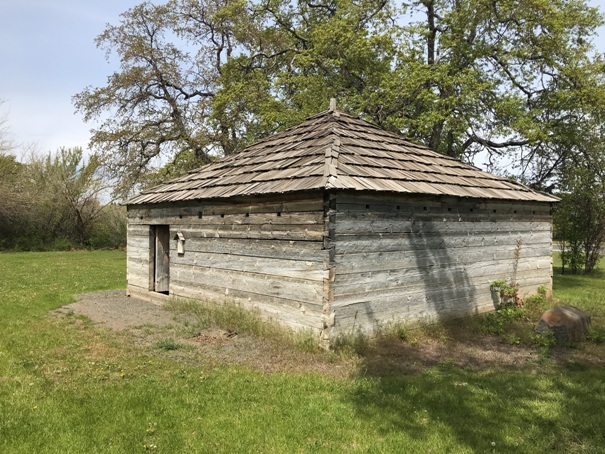
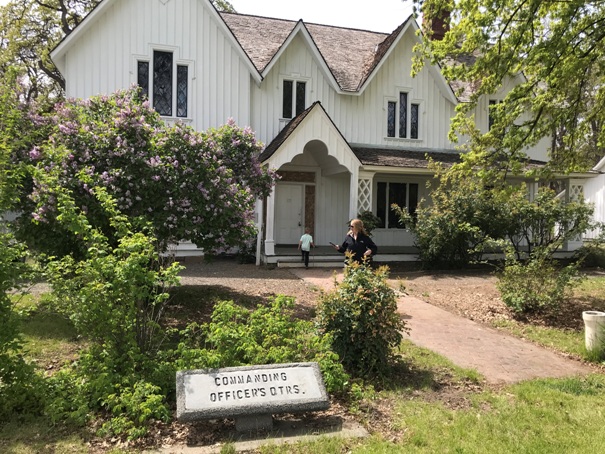
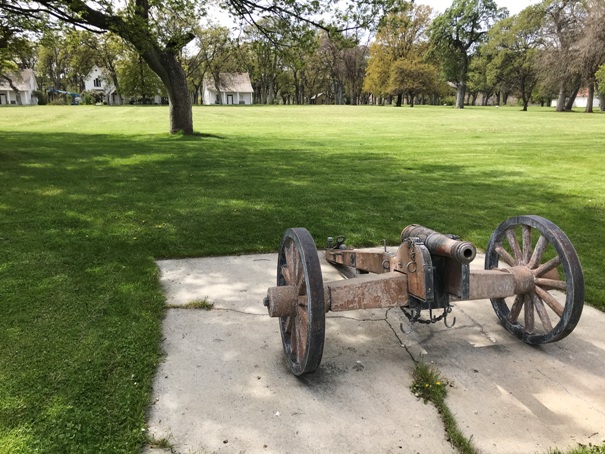
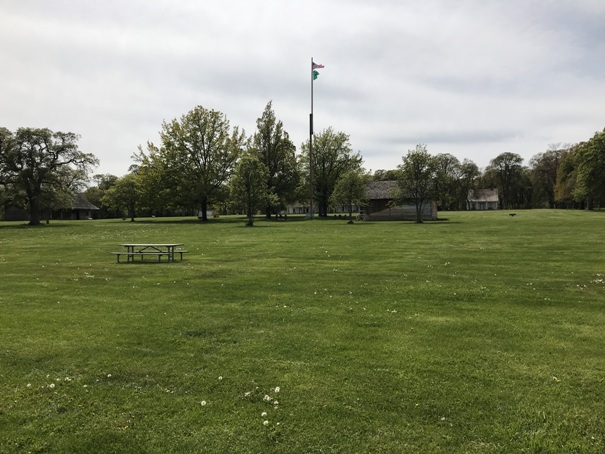
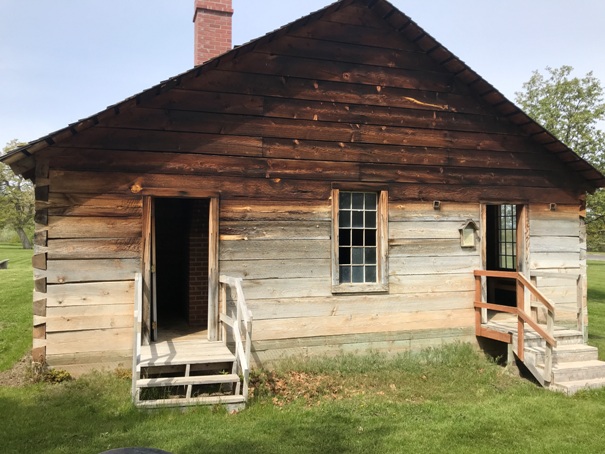
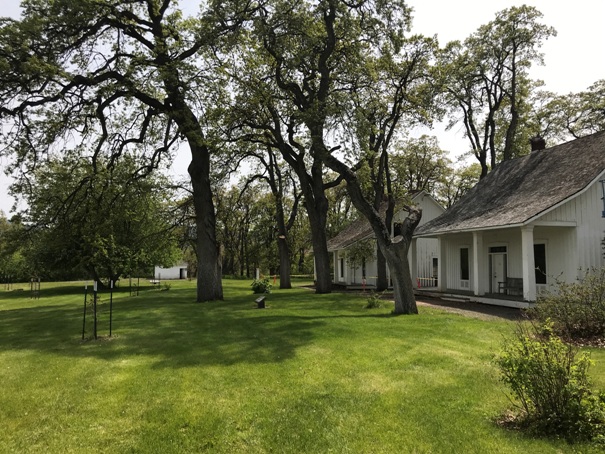
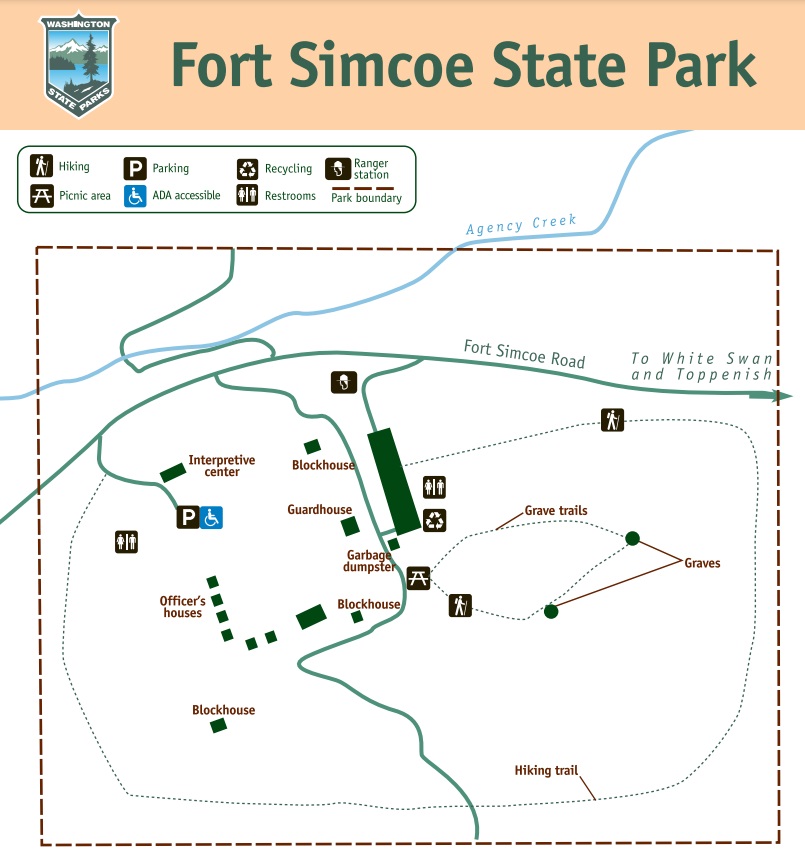
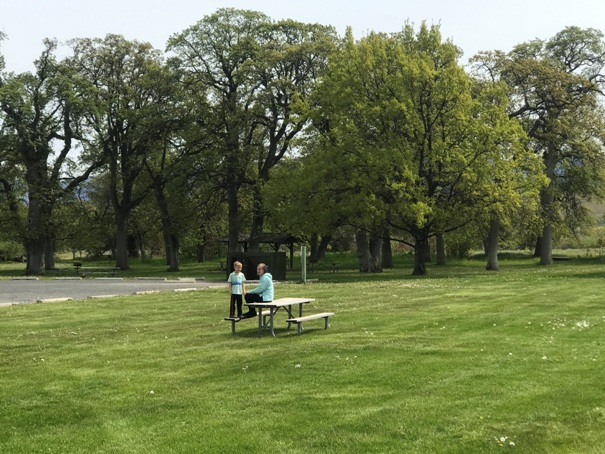
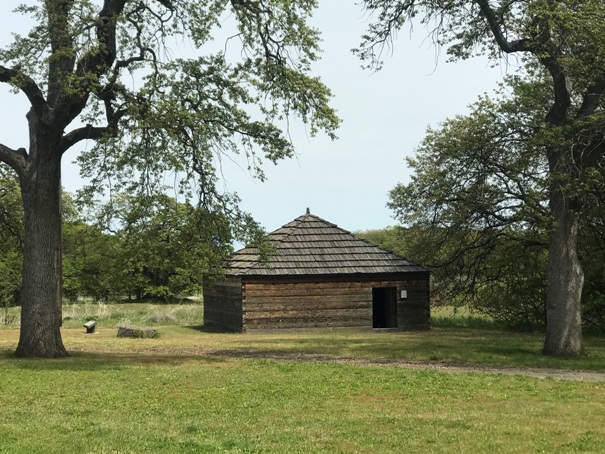
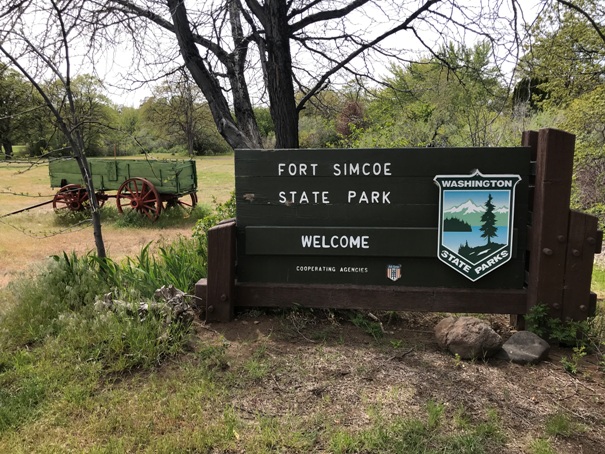
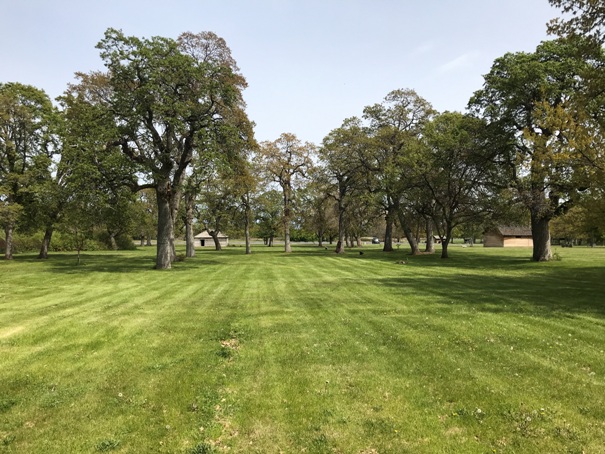
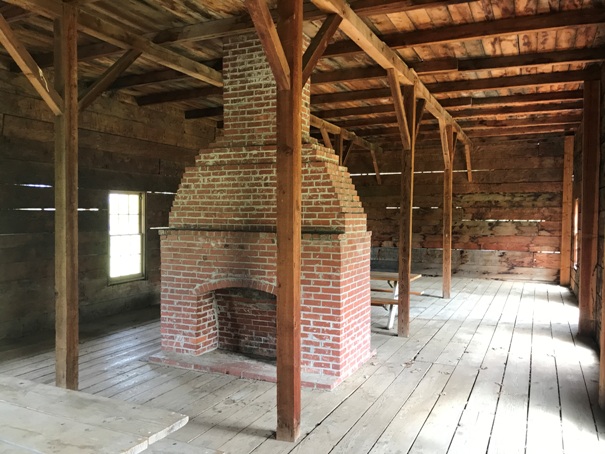
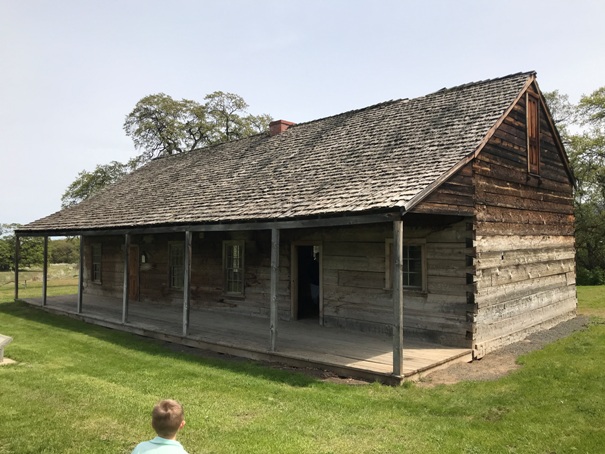
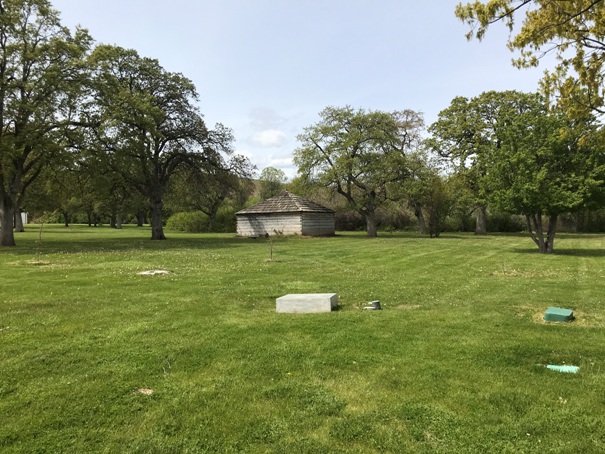
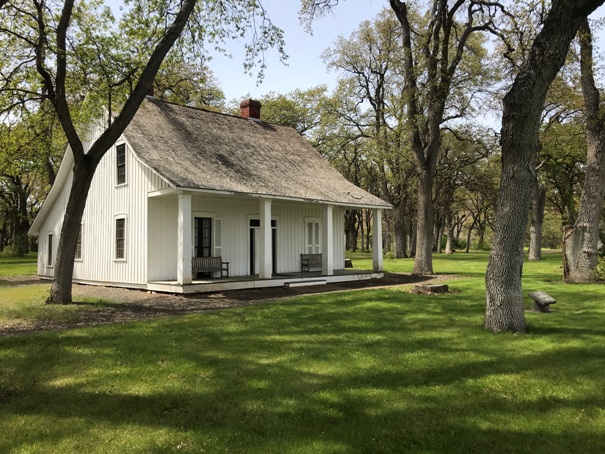
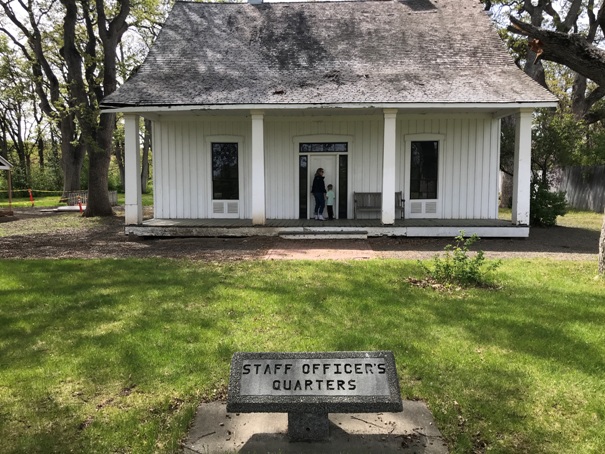
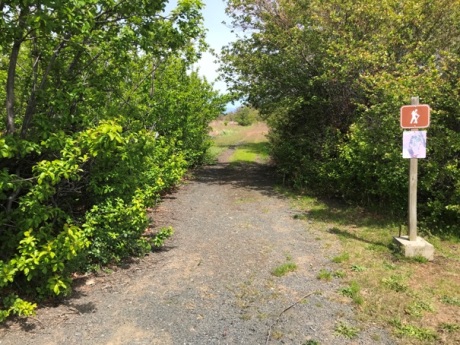
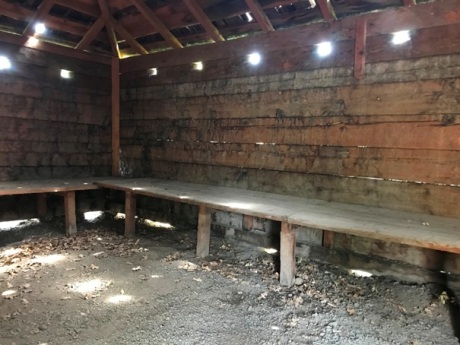
Inside Blockhouse

















